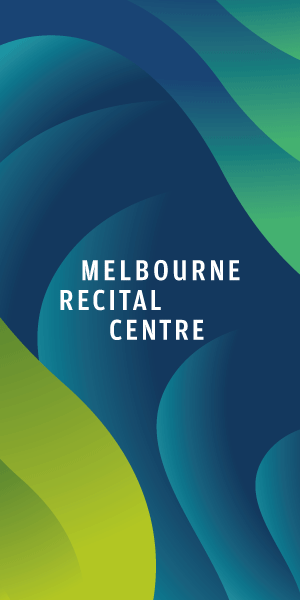It’s raining, it’s pouring: Elizabeth St a raging torrent, 1863
December 15 to 22, 1863 – a week to remember for the citizens of Melbourne. It rained and rained and rained some more and when the rain stopped, and the sun emerged, more than 127 millimetres had fallen.
You’re looking at Elizabeth St at the corner of Collins, a street temporarily transformed back into Williams Creek, the tributary of Birrarung (the Yarra) that it had been before the imposition of the Hoddle Grid just 30 of so years before.
It’s a very still, almost tranquil scene. Horse drawn carts stand outside the premises of Hope & King at 48 Collins St east. Brought to a standstill by the impassable Elizabeth St? Or business as usual for these busy importers of glass and china?
There is little indication here of the havoc caused by the rainstorm and the fierce westerly gale that accompanied it. Just a short block away, in Little Collins St, an iron building where ovens were manufactured was blown down, the owner only just managing to escape. In some places timber houses were washed away, and houses, furniture, clothing, and household goods bounced furiously down the river together. Thousands of bags of staples such as salt, sugar and tea stored in city warehouses were damaged and nearby market gardens were ruined.
The Age reported that across the river, Emerald Hill (South Melbourne) was again reduced to a “peninsula state” and that it took courage to walk along the wooden pathways laid out across the flat that we know today as Southbank. And a few kilometres north, the Zoological Gardens were completely submerged.
Princes Bridge, the main link across the Yarra, was closed, temporarily cutting off north from south. Train services were suspended as the torrential rain fell and kept on falling, but at Spencer Street Station enterprising staff made boat mooring available so that those who felt brave enough to travel by water had a safe landing place.
So how did this happen? That chronicler of early Melbourne, Garryowen (Edmund Finn) recorded that during the first 10 years of settlement there had been six floods. It seems that First Peoples had tried to warn settlers of the dangers of building on a flood plain, but they went unheeded. Waterways were altered, vegetation cut down and hills flattened. And the most vulnerable place? The deep gully at the intersection of Elizabeth and Collins streets which you see here.
In February 1972, just over 100 years after this photograph was taken, Elizabeth St was turned again into what The Age termed a “white-capped river”. Waves of water came up over the tops of parking meters and cars were lifted and thrown around as though they were Dinky toys. A once in a lifetime experience? I hope so. •

City of Melbourne unveils next urban forest plan for the CBD








 Download the Latest Edition
Download the Latest Edition